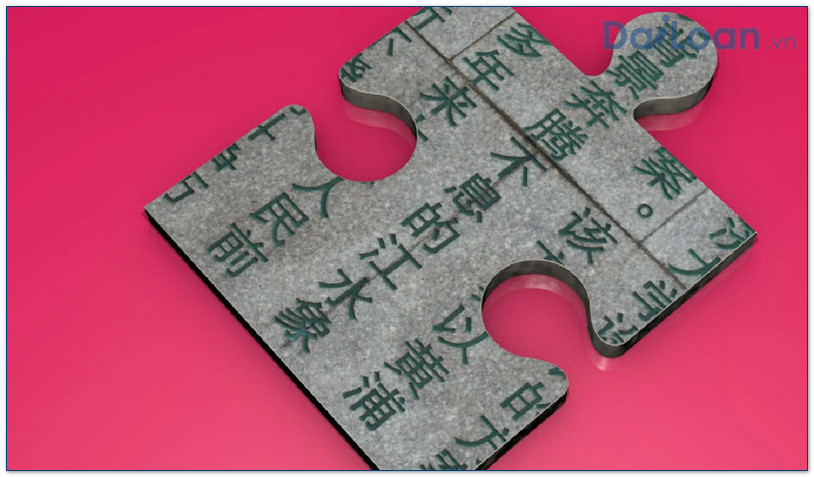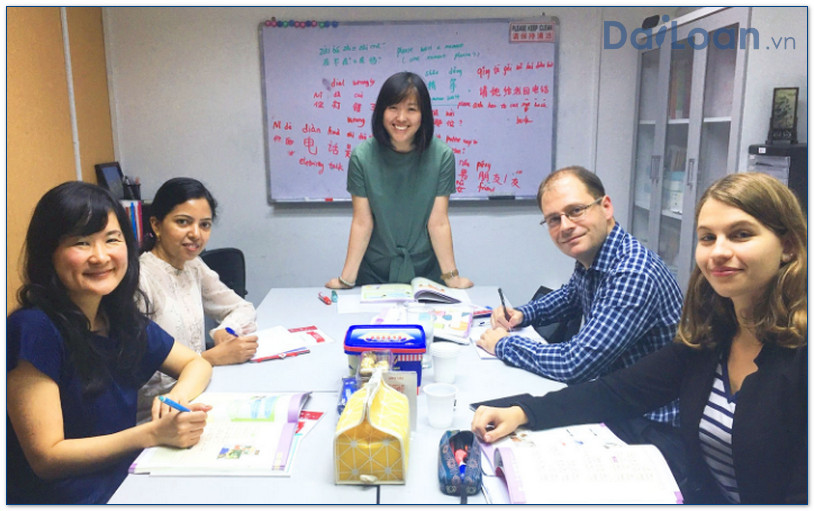Understanding the term 餐桌 (cānzhuō) can provide valuable insights into Chinese culture, particularly in the context of dining traditions and social interaction. In this article, we will delve into the meaning, grammatical structure, and practical usage of this term, along with example sentences to enrich your Mandarin skills.
What Does 餐桌 (cānzhuō) Mean?
The term 餐桌 (cānzhuō) translates literally to “dining table.” It is composed of two characters:
- 餐 (cān): This character means “meal” or “dining.” It is often associated with eating and food-related activities.
- 桌 (zhuō): This character translates to “table.” It refers to a piece of furniture typically used for various activities, including dining, studying, and more.

Together, 餐桌 signifies a table where meals are enjoyed, highlighting its central role in Chinese dining culture. In households, it is more than just furniture; it symbolizes family bonding and social interaction.
Grammatical Structure of 餐桌
In terms of grammatical structure, 餐桌 is a standard noun phrase in Chinese. Here’s a breakdown of its components:
- Character Count: 餐 (1) + 桌 (1) = 2 characters.
- Word Type: Noun.

- Usage: It can be used as the subject, object, or complement in a sentence.
In Chinese grammar, two-character nouns like 餐桌 are very common and often reflect a specific relationship between the two components, with the first character often modifying or providing context to the second.
How to Use 餐桌 in Sentences
Using 餐桌 in sentences can enhance your fluency. Here are some examples to illustrate its application:
Example Sentences:
- 我喜欢在餐桌上吃饭。 (Wǒ xǐhuān zài cānzhuō shàng chīfàn.) – I like to eat at the dining table.
- 我们的餐桌很大,可以坐十个人。 (Wǒmen de cānzhuō hěn dà, kěyǐ zuò shí gè rén.) – Our dining table is very large and can seat ten people.
- 他在餐桌上摆放了很多美味的食物。 (Tā zài cānzhuō shàng bǎifàng le hěn duō měiwèi de shíwù.) – He placed a lot of delicious food on the dining table.
- 餐桌上有一束美丽的鲜花。 (Cānzhuō shàng yǒu yī shù měilì de xiānhuā.) – There is a beautiful bouquet of flowers on the dining table.
The Cultural Significance of 餐桌
Beyond its literal meaning, 餐桌 holds cultural significance in Chinese society. It is often seen as the heart of the home, where families gather not just to consume food but to share stories and strengthen connections. During important festivals and celebrations, the dining table becomes a focal point for gatherings that blend tradition and hospitality.
Variations and Related Phrases
There are several variations and related phrases that incorporate 餐桌:
- 餐椅 (cān yǐ): Dining chairs.
- 餐具 (cān jù): Tableware or dining utensils.
- 餐厅 (cān tīng): Dining hall or restaurant.
Conclusion
In summary, understanding the term 餐桌 (cānzhuō) enriches not only your vocabulary but also your grasp of the social fabric within Chinese culture. Its straightforward grammatical structure and practical usage make it a valuable addition to your language skills. Integrate this term into your conversations, and you’ll be well on your way to appreciating the finer aspects of dining in Chinese society.

Sứ mệnh của Chuyên là giúp đỡ và truyền cảm hứng cho các bạn trẻ Việt Nam sang Đài Loan học tập, sinh sống và làm việc. Là cầu nối để lan tỏa giá trị tinh hoa nguồn nhân lực Việt Nam đến với Đài Loan và trên toàn cầu.
CÓ THỂ BẠN QUAN TÂM
Du học Đài Loan
Lao Động Đài Loan
Việc Làm Đài Loan
Đơn Hàng Đài Loan
Visa Đài Loan
Du Lịch Đài Loan
Tiếng Đài Loan
KẾT NỐI VỚI CHUYÊN
Zalo: https://zalo.me/0936126566
Website: www.dailoan.vn




